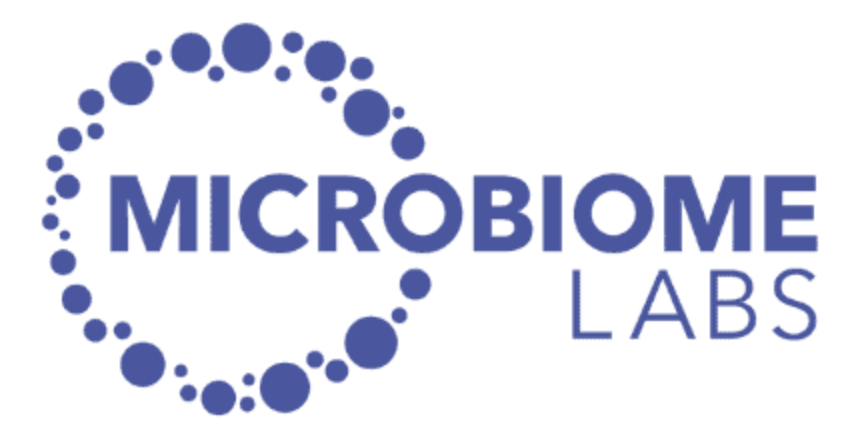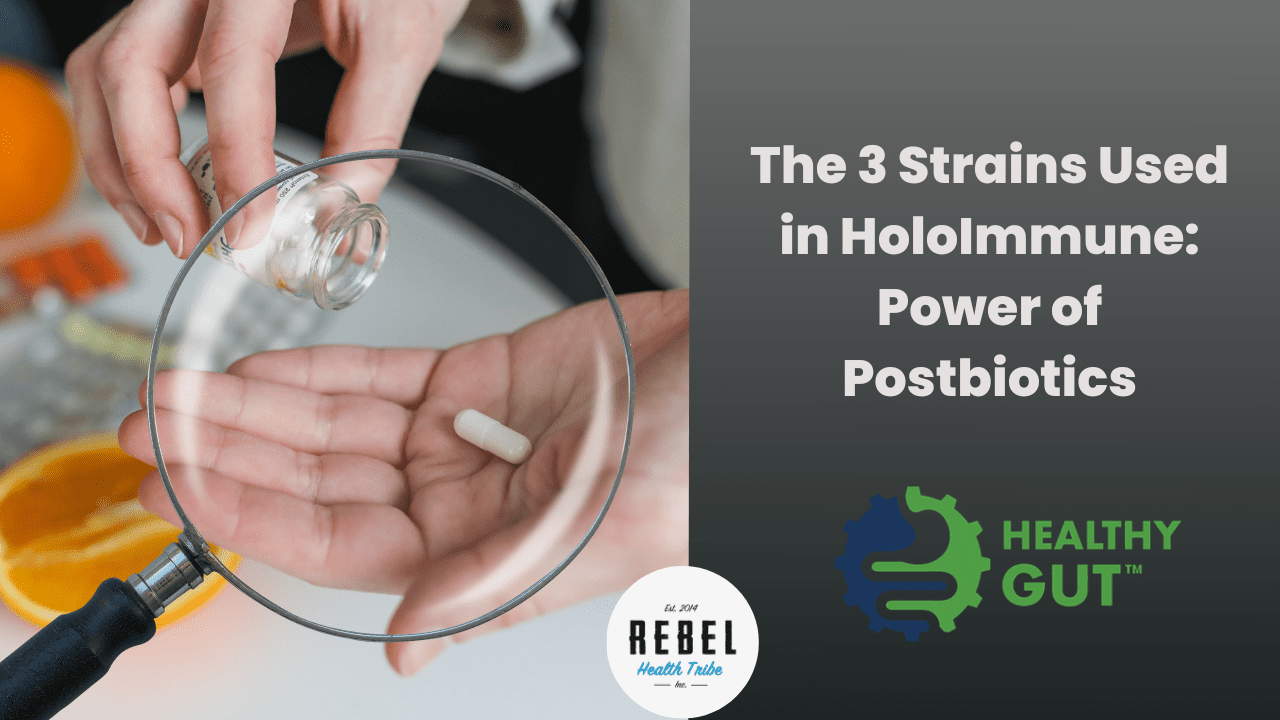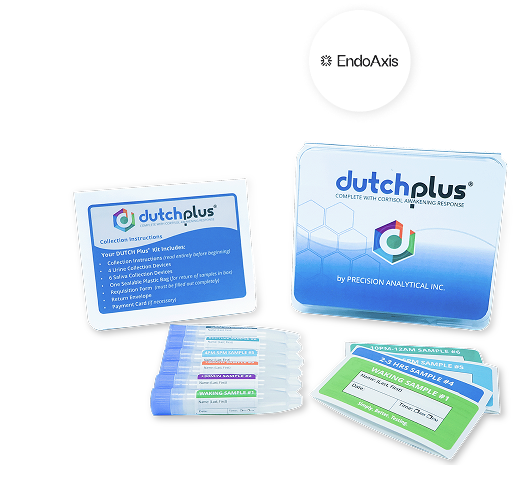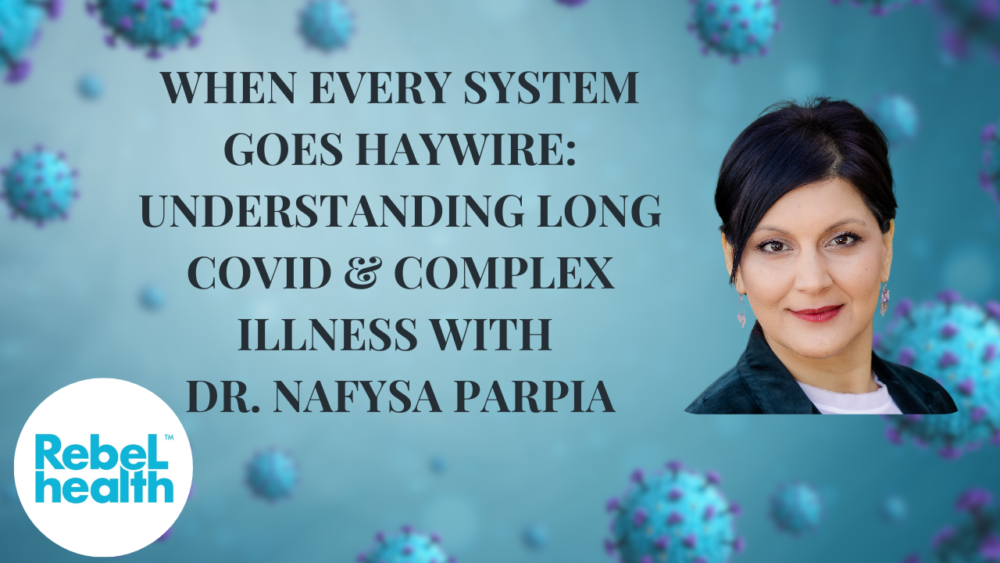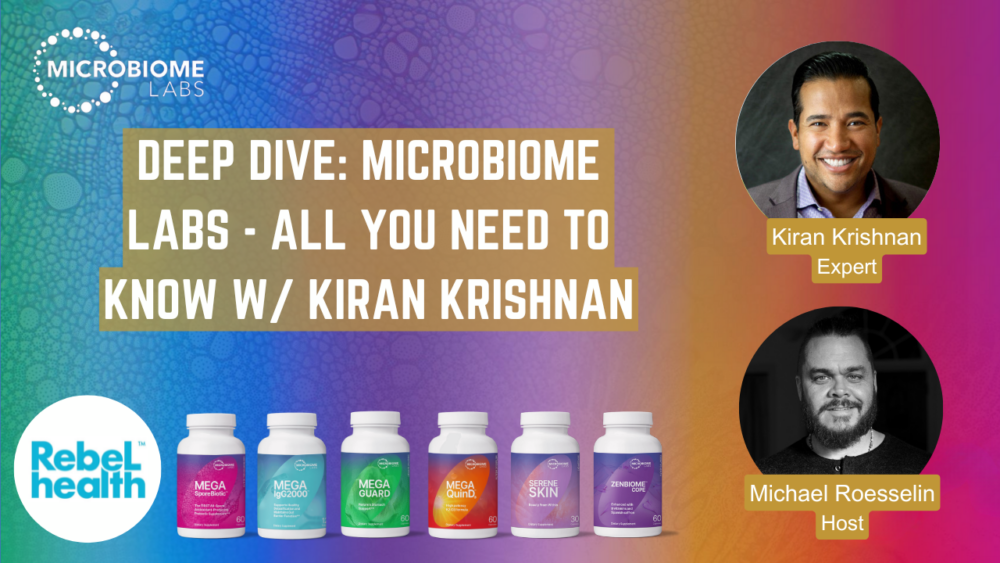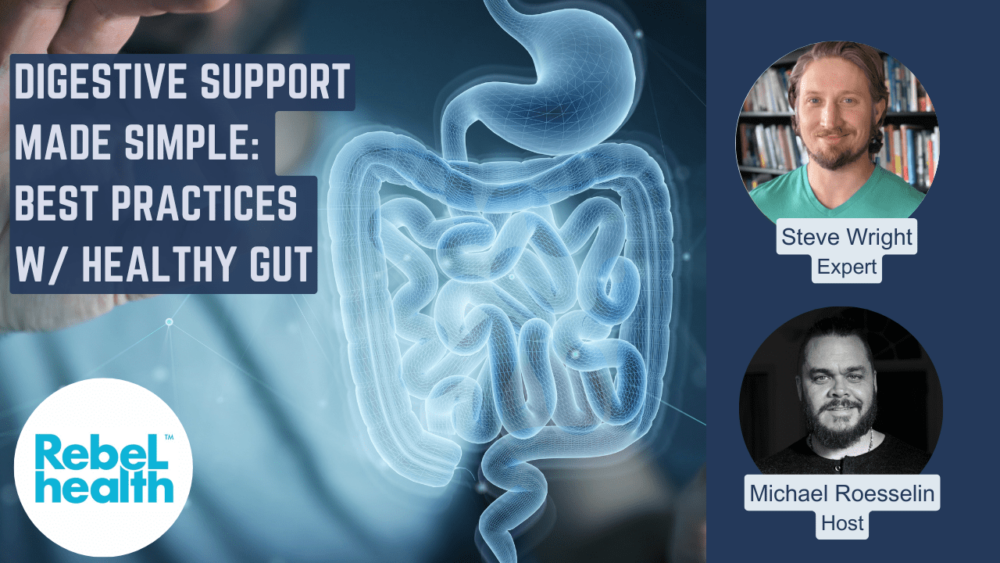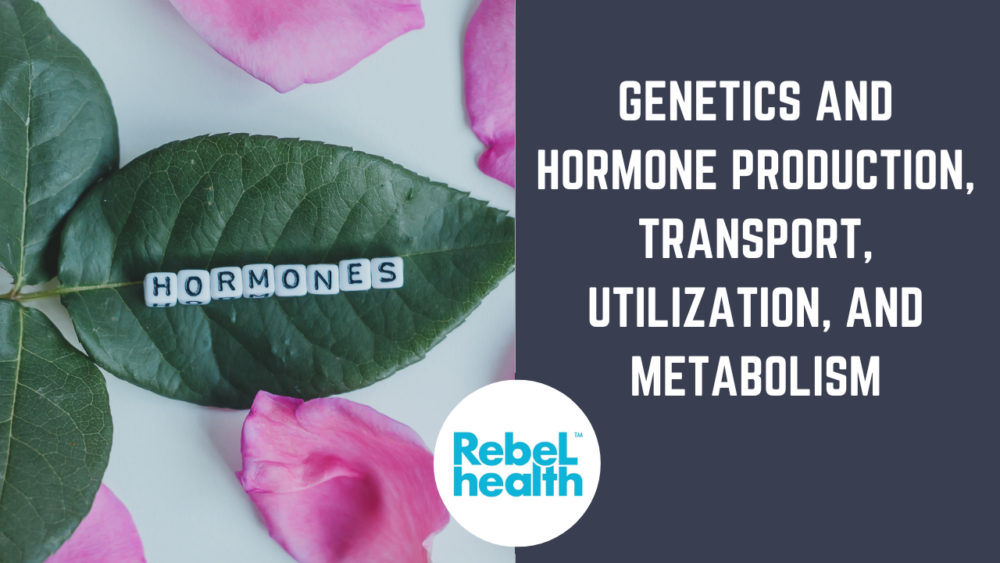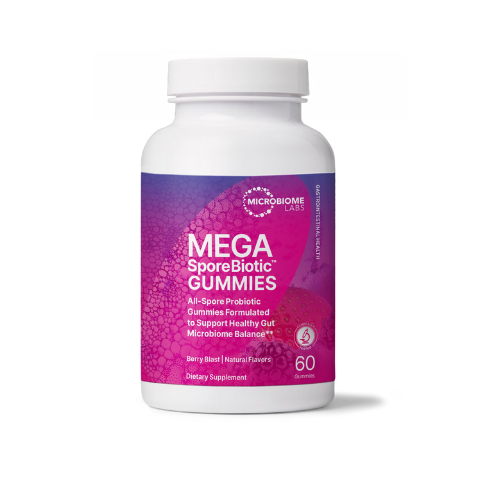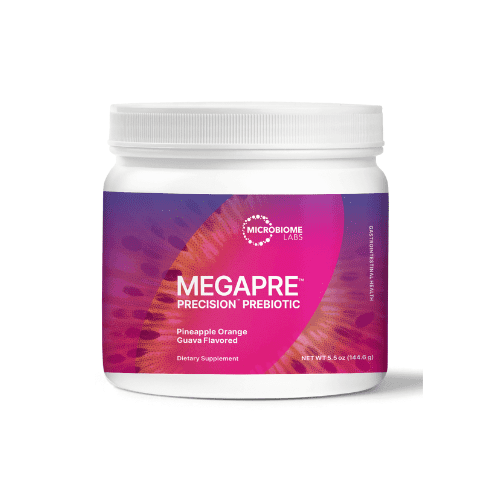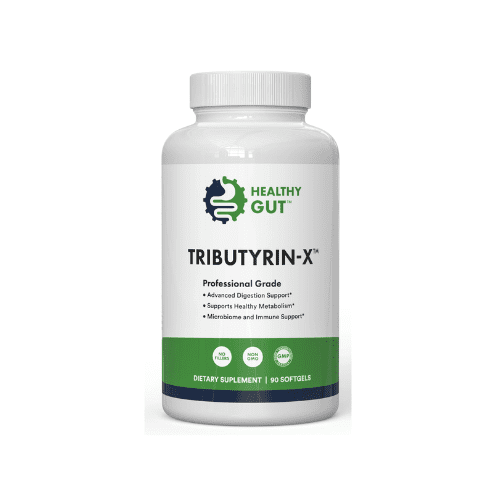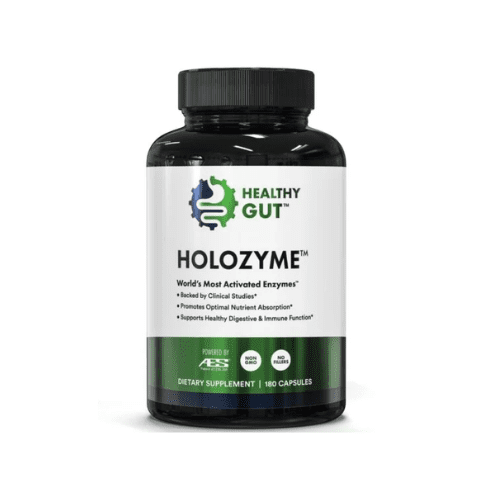This is a full schematic of a healthy intestine. A healthy intestine should include, abundant Keystone bacteria, limited pathogens or potentially harmful strains, and strong physical barriers. A healthy gut microbiome should have a high abundance of beneficial bacteria that can limit the overgrowth of unwanted pathogens.
These beneficial microbes help protect the Integrity of the intestinal barrier by producing short chain fatty acids, like butyrate. Butyrate and other metabolites help maintain a strong mucosal barrier that helps shield the intestinal cell lines from damaging toxins and pathogens. Additionally, butyrate can reduce intestinal inflammation and improve barrier function by maintaining the tight junctions that hold intestinal cells together. A disruption in this ecology, where beneficial microbes become outnumbered by potentially harmful bacteria, is called dysbiosis. Dysbiosis is driven by these main factors. As the microbial population becomes unbalanced, unwanted pathogens begin to degrade the mucosal barrier. If the mucosa barrier is not intact, toxins can migrate towards the intestinal cells, inflicting damage and creating inflammation. As tight junctions loosen and break apart, this creates gaps in the intestinal lining that allow toxins to enter circulation.
This migration of toxins from the intestines into circulation is called Leaky Gut. Leaky gut is a self-perpetuating problem, affecting at least 50% of “healthy” Americans, as it can trigger chronic inflammation throughout the entire body. This inflammatory Cascade starts with a toxin produce within the gut itself called lipopolysaccharide, or LPS. Circulating LPS gets bound by a transfer protein called LPS binding protein or LBP. LBP carries LPS to the CD14 tool like receptor complexes on the immune cells, like macrophages and dendritic cells, which then activates the NF-kappa B inflammatory cascade. The activation of NF Kappa B increases a production of pro-inflammatory mediators, like tnf Alpha, interleukin one beta, interleukin 6 and MCP1. This is the same exact sequence that occurs in sepsis, also known as blood poisoning or septicemia.
Immune cells that become activated by LPS and release pro-inflammatory cytokines exist in all parts of the body and are capable of crossing the blood-brain barrier. Therefore, the inflammatory response can occur throughout the body including the brain, fat stores, nerves, joints, and more.
This type of inflammation is a breeding ground for a variety of chronic illnesses. Reversing the dysbiosis and the damage to the intestinal barrier is paramount to health and wellness. Thankfully there is a solution to the problem. Ask us about our total gut restoration system today.


